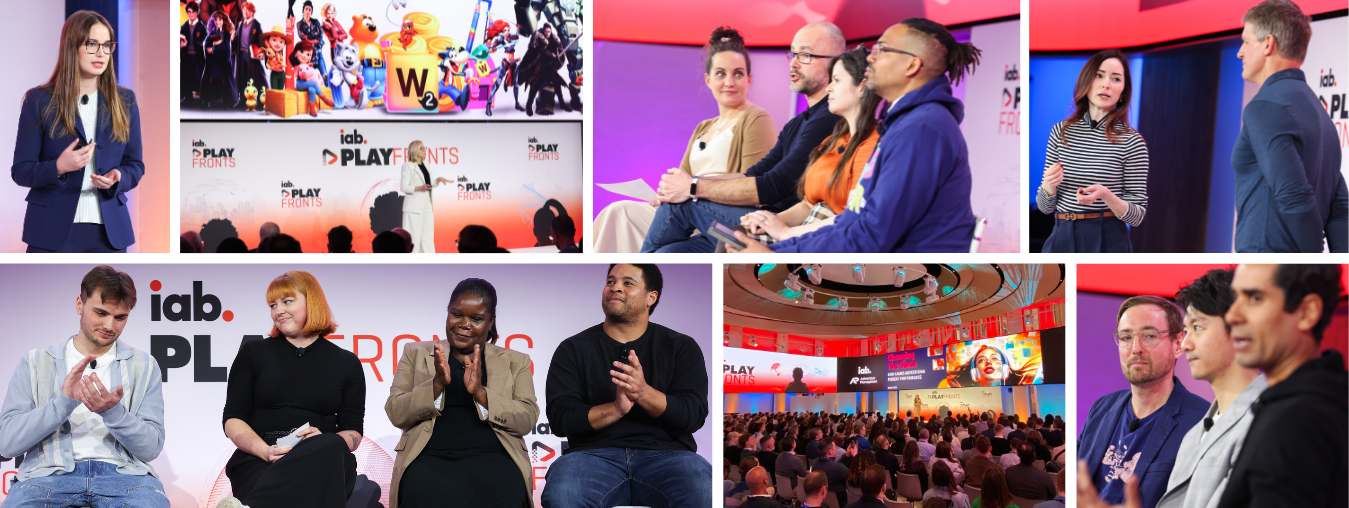When Neal Stevenson coined the term “metaverse” in his 1992 novel Snow Crash, did he think thirty years later it would become one of the top 10 trending words? The metaverse is no longer a word that lives between the pages of a book, the metaverse is now a “reality” that millions experience every month. What is the metaverse exactly? If you ask ten people you might get ten different answers. However, they will all agree that we are decades away from a fully realized interoperable version. For now, we have metaversal experiences instead of a fully developed metaverse. These early immersive experiences are defined as virtual spaces or digital worlds in which users can create content and interact with others as avatars, or digital versions of themselves. These worlds exist on various platforms and are accessible through various devices. The most common are Decentraland, Fortnite, Meta Horizon Worlds, and Roblox. These spaces present a unique opportunity for brands to engage with consumers by utilizing experiences that are limited only by the imagination.
Will the metaverse impact the advertising landscape? The short answer is yes! The metaverse market is expected to reach $800 billion by 2024 with a forecasted user base of 5 billion people by 2030. However, some brands aren’t waiting two to six years to develop their metaverse strategy; they’re implementing activations and seeing real results now. Travis Scott hosted a live virtual concert in Fortnite that resulted in a 419% increase in demand for “real world” tour tickets. Chipotle Mexican Grill’s Burrito Builder game in Roblox received over a million gameplays in 24 hours [5]. These brands are engaging consumers by creating experiences and consumers are responding. For most brands, however, activating in metaverse environments is a black box in every sense of the word, from what marketing objectives it serves, and how to execute them, to defining and measuring success.
Not only to help brands understand how to navigate the metaverse but help them to develop and implement a practical strategy while the medium is still burgeoning, the IAB called upon the Metaverse Board within the Experience Center to create a best practices guide for developing metaverse marketing strategies. The purpose of the guide is to help brands:
- Understand the current brand opportunities within the metaverse
- Distinguish between Web3 and the metaverse
- Know what brands can do today in the metaverse
- Know how to approach creating a practical metaverse strategy
The guide is written for mid to senior buy-side evangelists looking to internally champion a metaverse strategy. It is written by contributors from companies with knowledgeable metaverse experience including Activision Blizzard, Digitas, Infillion, Meta, Publicis Media, Trigger, Twitch, and Vindex.
There’s a quote by Steward Brand that says, “Once a new technology rolls over you, if you’re not part of the steamroller, you’re part of the road.” The thing about the metaverse is that it isn’t any different from previous era-defining mediums. Whether it was the radio in the 30s, the television in the 40s, or the internet in the 90s, each era was met with the opportunity and decision to either act now or wait and see. Those who got in early often found themselves ahead of the curve after mass adoption while those who hesitated usually spent more to try and keep up. The Metaverse for Brands Guide provides an opportunity for brands to get ahead early by removing the guesswork and asking important questions about strategy while providing activation examples that achieved verified results.
Download your copy here. If you are interested in learning about the Metaverse Board and joining other metaverse industry leaders who are working to help brands activate in the metaverse, please email [email protected] to learn more.




